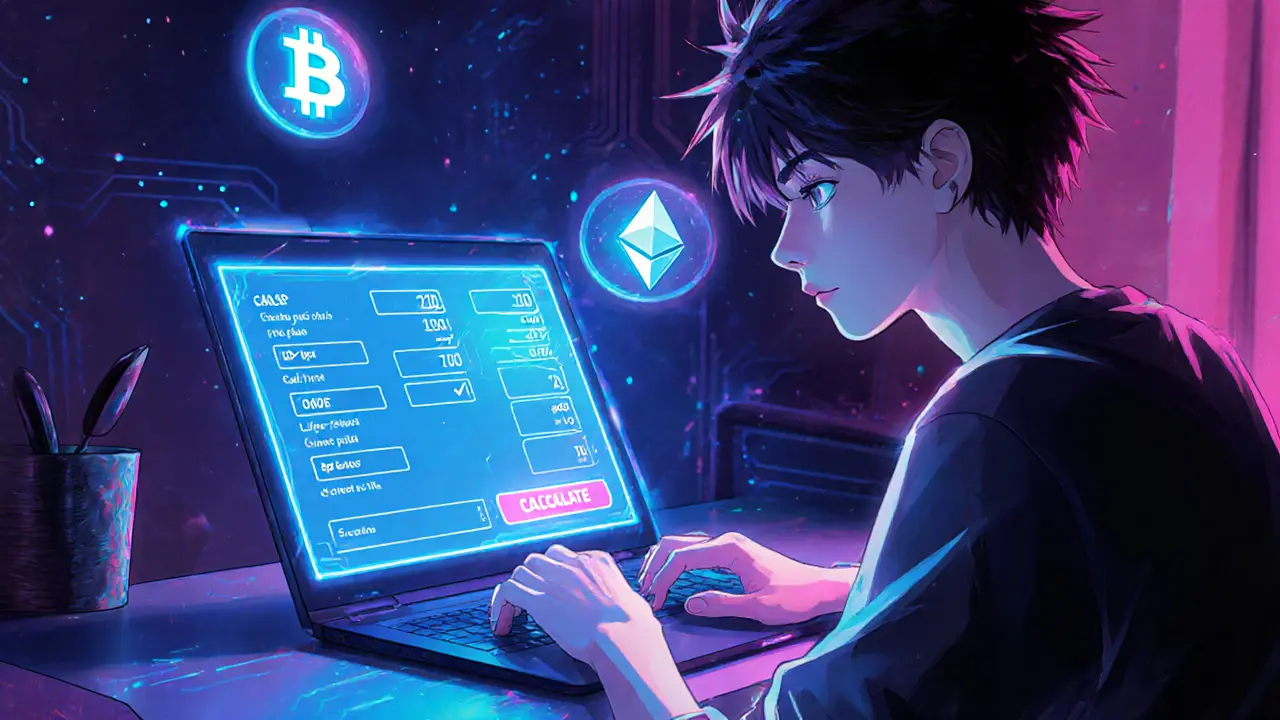Call Options: A Practical Guide
When working with call options, contracts that give you the right, but not the obligation, to buy an underlying asset at a predetermined price before a set expiration date. Also called call contracts, they belong to the larger family of options, derivative instruments that let traders speculate on price moves without owning the asset. The price you agree to pay is known as the strike price, the fixed amount per share or token that triggers the right to buy when the market price exceeds it, and the upfront amount you pay is the premium, the cost of the contract, reflecting time value and volatility.
The expiration date, the deadline by which you must exercise the right or let the contract lapse sets the time horizon for potential profit. A short expiration means less time value, while a longer one pushes the premium up because there’s more uncertainty. Underlying assets can be stocks, indexes, commodities, or even cryptocurrencies, which means call options let you tap into market moves without buying the full position. Implied volatility, a gauge of expected price swings, directly influences the premium; higher volatility raises the price of the call because the chance of beating the strike price grows.
Why do traders love call options? First, they cap the downside to the premium you paid, while the upside can be limitless if the asset rockets higher than the strike. That makes them perfect for investors who want to lock in a future purchase price – think of it as a reservation on a house you might buy later. Second, you can sell (write) calls against assets you already own to generate extra income; this “covered call” strategy lets you collect premium while still holding the underlying. Third, call options can act as insurance: if you own a stock and fear a short‑term dip, buying a put is common, but buying a call on a higher‑priced related asset can also hedge against opportunity loss.
In crypto, the same ideas apply, but the market moves faster and 24/7. Platforms like Deribit, Binance Futures, and several DeFi protocols now issue on‑chain call‑style contracts for Bitcoin, Ethereum, and newer tokens. The mechanics stay the same – you set a strike, pay a premium, and watch the expiration clock tick – but you also deal with gas fees, liquidity pools, and sometimes impermanent loss if you provide capital to a decentralized options market. Understanding how on‑chain price oracles work is essential, because a faulty oracle can distort the real‑time strike‑price data and affect payouts.
Pricing a call option isn’t magic; most professionals rely on the Black‑Scholes model or its variants, which use inputs like current price, strike, time to expiration, risk‑free rate, and implied volatility. The model spits out a theoretical premium, and the market price usually hovers around it. Traders also watch the “Greeks” – Delta tells you how much the option price will move with the underlying, Gamma measures the speed of that change, Theta is the time decay that eats away at the premium each day, and Vega reflects sensitivity to volatility shifts. Even if you don’t run complex spreadsheets, knowing that a high‑Delta call is deep‑in‑the‑money (the current price is well above the strike) helps you gauge how aggressive the bet is.
What you’ll find next
Below you’ll discover detailed articles that explain token‑specific call option mechanics, compare premium structures, and walk you through step‑by‑step strategies to trade them confidently. Whether you’re eyeing Bitcoin calls or looking at stock options, the guides will give you the tools to decide when and how to use call options effectively.
Cryptocurrency Options Trading: How to Use Calls, Puts, and Strategies in 2025
Learn how cryptocurrency options work, the difference between calls and puts, risk management, platform selection, and step‑by‑step strategies for 2025 traders.

